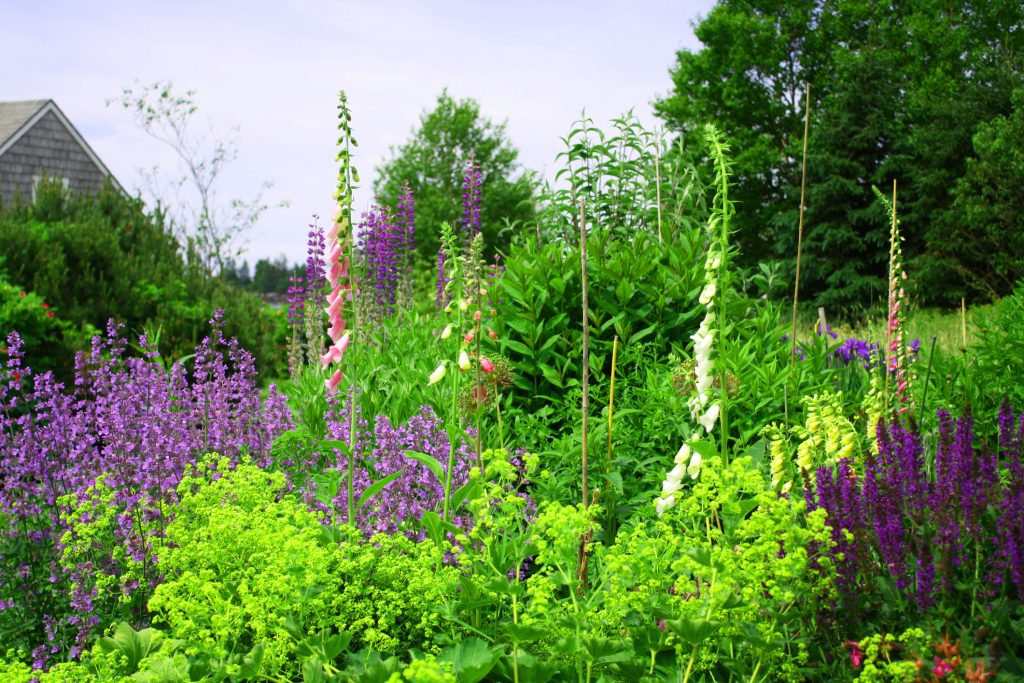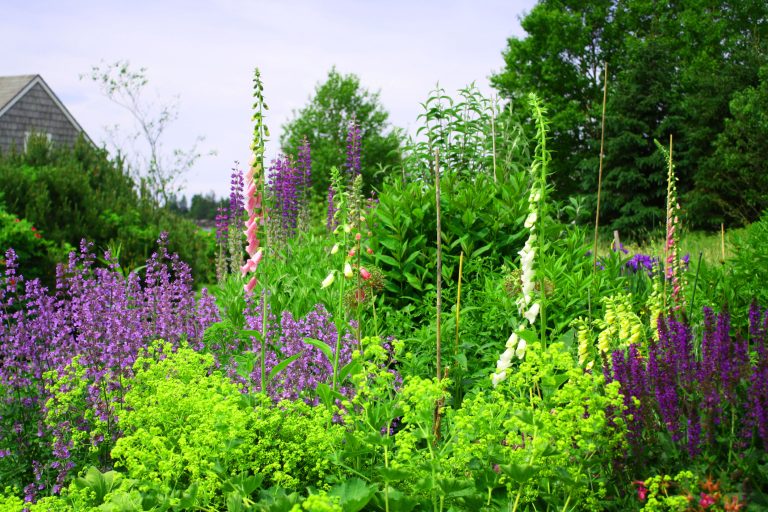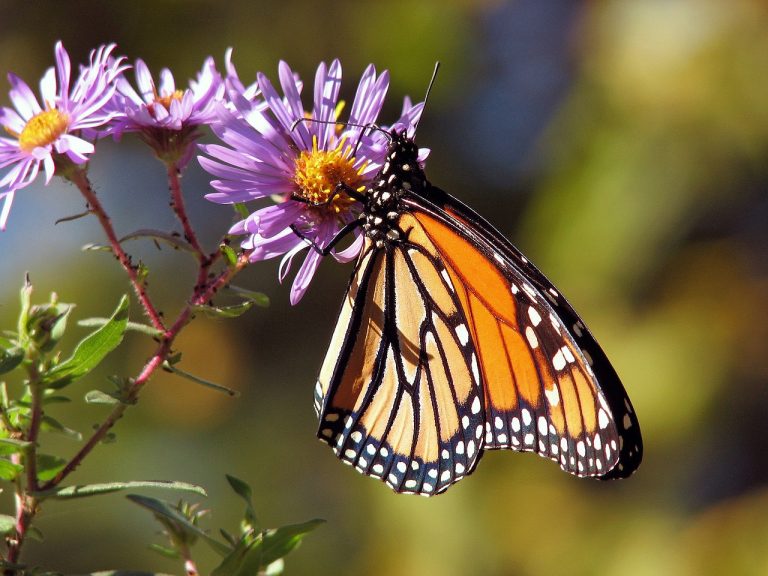

In an era where sustainability is more than a buzzword, Whispering Hills Garden Center is at the forefront of helping homeowners turn their traditional lawns into vibrant, regenerative gardens. These eco-friendly spaces not only enhance aesthetic appeal but also contribute positively to the environment and local wildlife. Here’s how you can start this transformative journey in your own backyard.
Regenerative gardening goes beyond basic gardening practices by focusing on techniques that restore and enhance the natural landscape. This approach helps in building soil health, conserving water, and supporting biodiversity. By transforming your lawn into a regenerative garden, you contribute to:
Start with a plan that considers the existing elements in your yard that you wish to keep and identify areas where grass can be replaced with native plants, vegetable patches, or flower beds. Whispering Hills offers a free consultation to help map out your space for optimal impact.
Regenerative gardens thrive on rich, healthy soil. Begin by removing the grass and aerating the soil to improve its structure. Incorporate organic matter such as compost or leaf mold to boost fertility. Our experts recommend testing your soil to tailor the amendments to its specific needs.
Select native plants that are adapted to your local climate and soil conditions. These plants require less water and maintenance and are more resilient to pests and diseases. At Whispering Hills, we provide a wide range of native plants and can guide you on the best choices for your garden.
Consider installing drip irrigation systems or rain barrels to make your garden more water-efficient. These systems help reduce water waste and ensure that plants receive the moisture they need.
Transitioning to a regenerative garden is an ongoing process. Regular mulching, proper pruning, and seasonal adjustments can help maintain the health and vitality of your garden. Attend our workshops to learn more about sustainable gardening practices.
Visit Whispering Hills Garden Center to explore our selection of plants and gardening supplies, and take the first step towards a greener, more sustainable future. Our team is excited to support you in every step of your gardening journey.


In an era where sustainability is more than a buzzword, Whispering Hills Garden Center

June is National Pollinator Month, a perfect time to celebrate the essential role pollinators